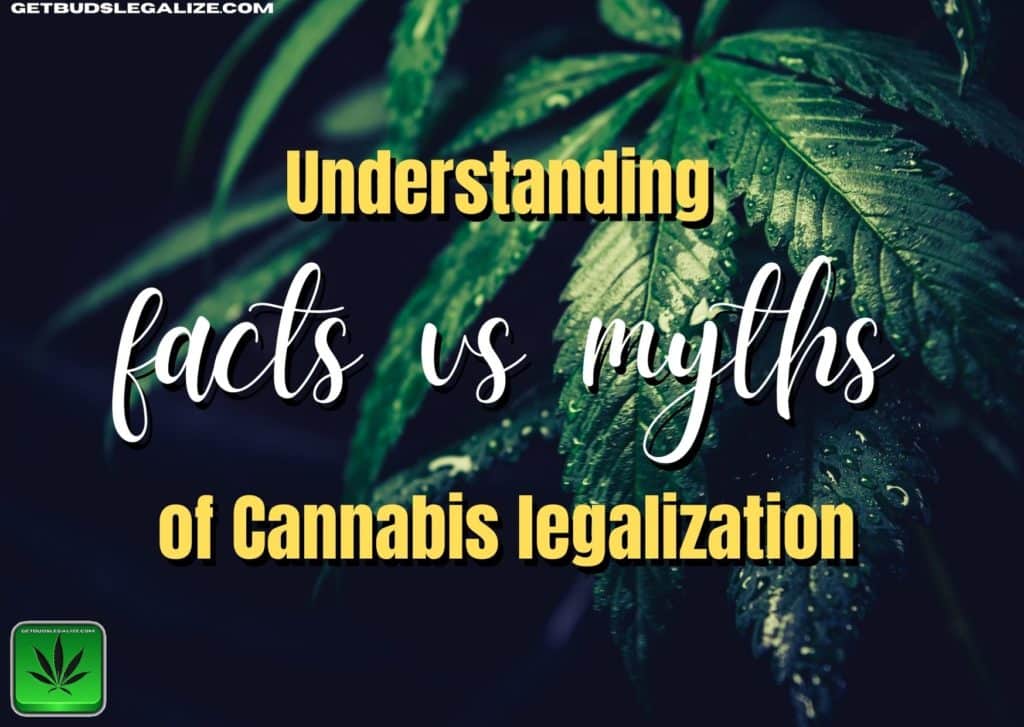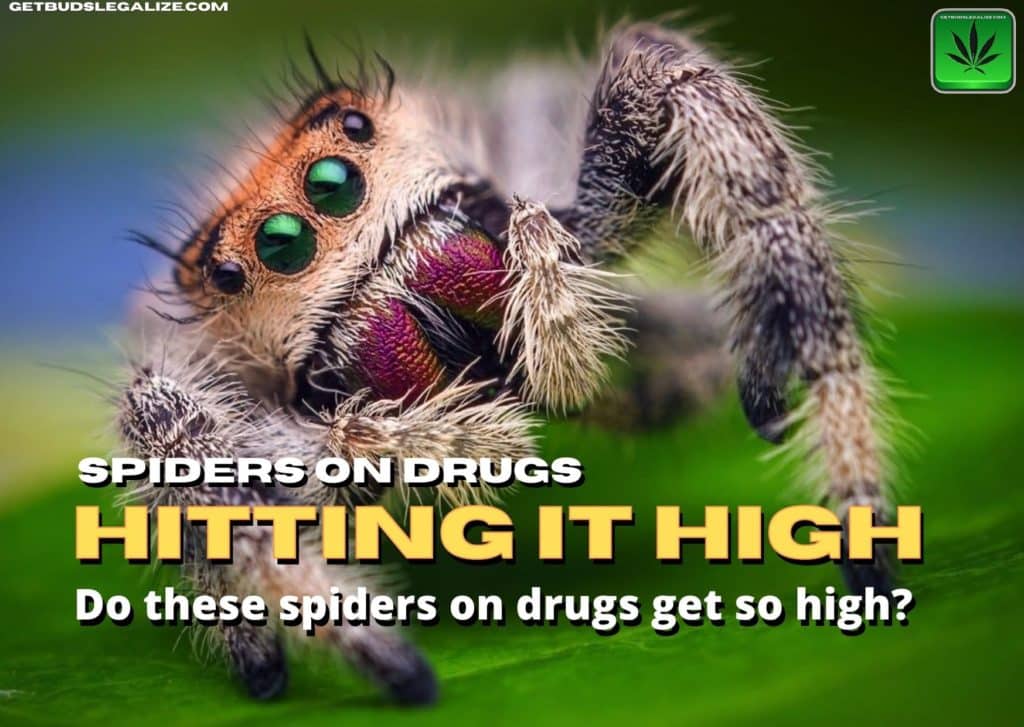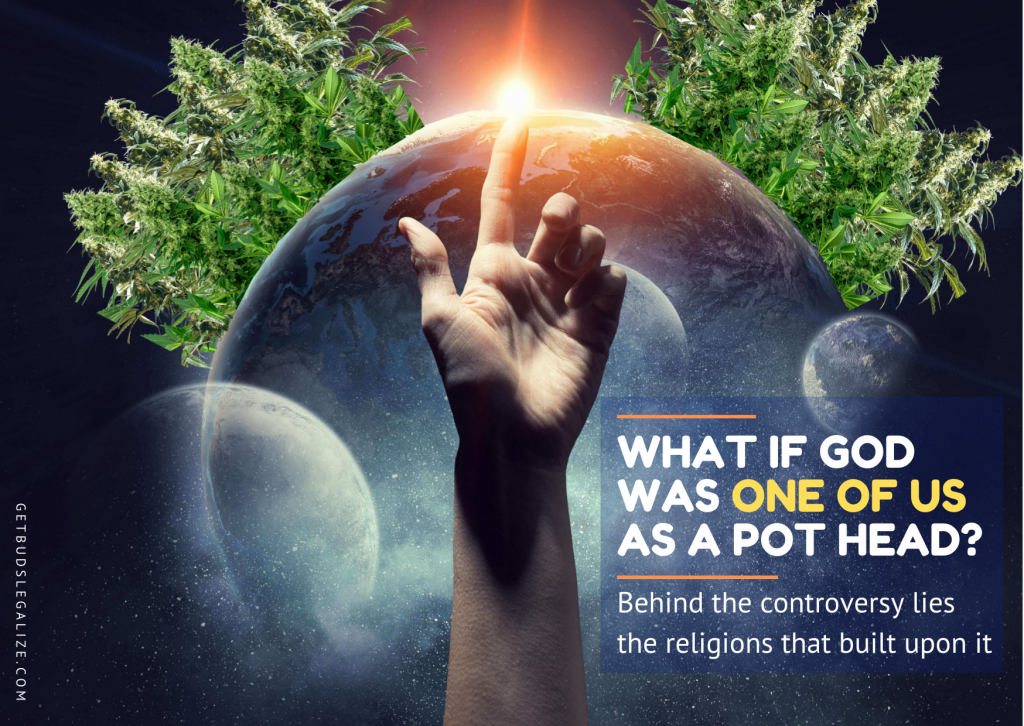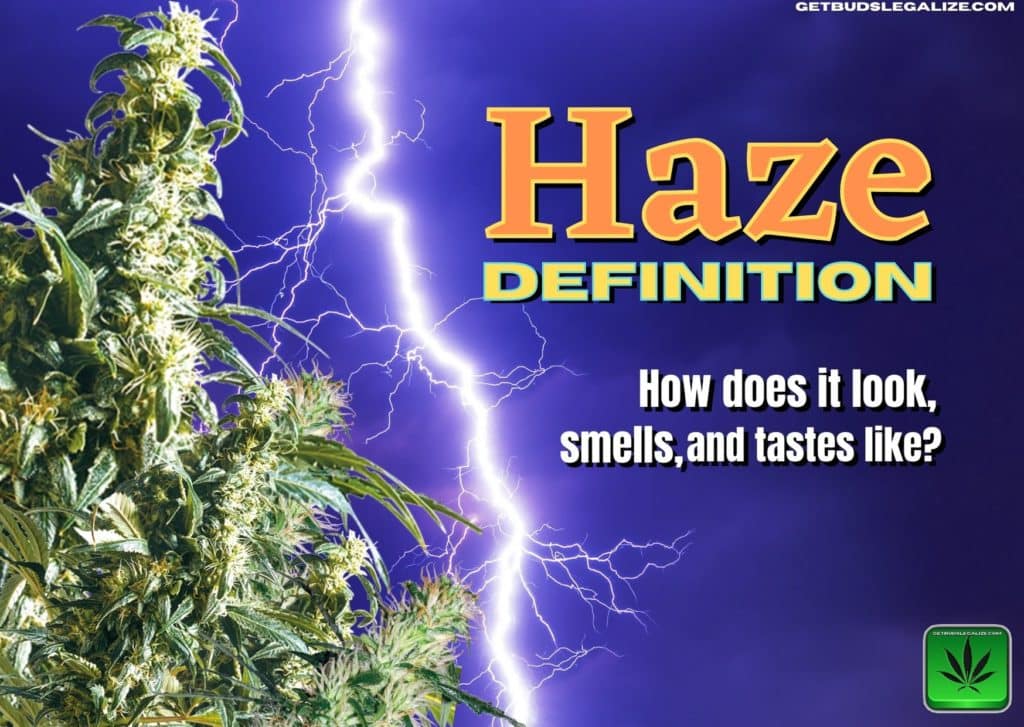Share via:
How Stimulants Can Generate A Temporary Solution?
What are stimulants? Stimulants can generate a temporary solution and are a class of medicines that “stimulates,” including the brain and spinal cord, a body’s central nervous system. They raise the catecholamine rates — a dopamine-including brain chemical band. Stimulants can generate a false sense of tricking the brain of doing things subconsciously, unaware of your surroundings.
The molecules are used to indicate recompense and inspiration in the brain cycle. Stimulants can temporarily increase an individual’s energy level and alertness by raising levels of catecholamine. Further body changes can be caused by stimulants as well. The symptoms differ depending on the actual drug, the amount, and whether the medication is administered. For eg, snoring or injecting stimulants has greater immediate results than swallowing medications.
Stimulants can generate a compound that includes nicotine, medications such as Ritalin ®, Concerta ®, and substances exploited such as heroin and cocaine. Stimulants can involve products such as chocolate. In the right circumstances, stimulants can have useful properties. For example, physicians use certain stimulants in the treatment of disorders like ADHD. If abused, however, stimulants can put your brain and body at grave health risks.
Is Cannabis A Stimulant, Depressant, or Hallucinogenic?
The chronology of the history of marijuana is certainly full of late-night talk between the pot smokers about essentially how the plant should be classified. It soothes the nerves so it’s a depressant? This activates imagination and races the subconscious, but is it a stimulant? And though it can bring on the afterlife a certain nebulous, ethereal aura, will it become a hallucinogen?
Correspondingly, we have already mentioned briefly about how stimulants are. At this point, we can now introduce the difference between these two: stimulants and depressants, and how are Cannabis being involved.
So, What Are Depressants Drugs?
Depressants are generally regarded as “downers,” and have a soothing, calming and often comforting effect. They will regulate your brain activity and help you overcome fear, muscle spasms, sleeplessness, and convulsions.
Benzodiazepines (“benzoes”) include Valium, Xanax, and Klonopin, sometimes used for managing anxiety and depression, antipsychotics such as Zyprexa (Olanzapine), and Haldol, and barbiturates such as Nembutal and Seconal, which provide a significant sedative impact, are widely recognized as depressants.
However, alcohol is undoubtedly by far the most popular depressant. It causes all of the typical side effects of depressants – perception impairs, quicker response speeds calms down, and slows down expression.
Opioid depressants are one of the more powerful forms. Such medicines bind with the body’s opioid handlers, treat inflammation, and may be used for anesthesia. It may be very addictive and include legal drugs such as Oxycontin, Fentanyl, and Vicodin. As opioids, opioids include codeine, heroin, and morphine, which are naturally derived from the opium poppy.
Depressants may be rather detrimental and not alcohol-only. Moreover, the number of overdoses of benzodiazepines increased from 1,135 in 1999 to 11,537 in 2017 in the United States alone. According to the Centers for Disease Control and Prevention, opioid abuse has become a US national crisis and on average 130 people in the United States die from overdose opioids every day. According to the nationwide report on substance use and safety, 10.3 million individuals abused prescriber drugs in 2018 and 2 million have an opioid use condition.
What Does A Hallucinogen Mean?
Hallucinogens are drugs, sometimes to an intense extent, which changes the user’s perception of reality. The user has great visual distortions, a confused sense of time and space, and even hallucinations, in some cases. Typically they are divided into 3 types: psychedelics, deliriants, and dissociatives.
Lysergic acid diethylamide (LSD), generally known as acid, mescaline, and Dimethyltryptamine (DMT) is well-documented in psychedelics. These include lysergic acid diethylamide (LSD).
Phencyclidine (PCP), ketamine (“Special K”), and cough syrups with Dextromethorphan at large concentrations are used in dissociative medications. Such drugs offer the user a deep dissociating sensation.
The delirium becomes less prevalent throughout the relaxation phase and causes symptoms close to sleepwalking or a fugue condition.
Hallucinogens had been developed by leading medications for study and/or therapeutic treatment until 1967 when they were found to be regulated agents. They were both psychiatrically active drugs including psilocybin (mushrooms), LSD (acid), and mescaline.
San Pedro and Peyote Cacti have been used for ritualistic and medical purposes by indigenous peoples in the Americas for centuries. In the US, federal law safeguards Native Americans’ ceremonial use of peyote. And although Ketamine was originally an anesthetic, as a treatment for depression and anxiety it gains popularity.
So Where Does The Cannabis Fit In?
Marijuana will probably have some of the same effects as depression, so maybe that’s what is more common.
Using marijuana can have a relaxing effect, which can also relieve pain and alleviate fear. It can counteract insomnia before bedtime and assist people to sleep the night. Many people enjoy cannabis due to the sofa lock effect, which allows them to sink into the couch or chair and go deep – deep into their preferred TV show.
There is a little bit of a downside of it that can also contribute to certain adverse consequences, including tranquility, short-term memory impairment, and often decreased morale.
Marijuana May Also Be A Stimulant
You will increase your attitude, boost your imagination, and feel particularly involved in music, films, and the open-air with cannabis. It will stimulate the senses and improve sex and physical contact. It can be an energetic boost that others consider inspiring by rendering everyday activities more interesting and fun.
Some adverse effects of stimulants may also occur. Marijuana can also serve as stimulants can generate a temporary solution and contribute to anxiety and depression for others, and may trigger confusion and terror in severe situations. It may also increase heart rhythm and make resting while the mind works impossible for many people. It may also to some extent have a “crash,” such as stimulants, causing a sort of “marijuana haste.”
And although marijuana does not usually have the same powerful effects, dissociative effects, and real-working effects, this is not always the case. Someone taking a dosage that is far too high – especially with food – may experience hallucinogens-like effects. You could slow down your time perception, enter a dreamlike state, or even find that your grasp of reality is a bit loosened as your earthly links slip.
Indica vs Sativa:
The type of marijuana in question should not be overlooked when it comes to classifying or characterizing marijuana.
Most strains of cannabis are generally categorized into sativa and indica (also very commonly used hybrids). Conventional wisdom is that sativa strains produce a higher energetic level and are more suitable for daily use, while indica strains create a high level of relaxation, commonly referred to as the sofa lock. Such strains are deemed more appropriate at the end of the day for winding off.
And while these differences are considered a sacrament within a wider culture of marijuana, they are not supported by scientific proof.
A certain strain of terpenes is another feature of cannabis that may play a part. Terpenes produce a variety of aromatic flavors, aromas, and effects in cannabis.
The amount of tetrahydrocannabinol in a particular strain (THC, the primary cannabinoid which causes the psychotropic effects of marijuana), and how the consumer thought, could also play a part.
So What Was The Final Judgment?
Although the studies could perhaps say that there is no prediction for the botanical distinctions between the indica and the sativa strains, anecdotal evidence is difficult to argue about. (Unless, obviously, you are a scientist.)
Several other users have some strain which gives a more lively sensation, while others have a quiet, relaxing effect on the strain. A different user might try the same strain and not feel animated or calm, or just higher appetites and perhaps a new jazz fetish. They may feel anxiety and paranoia and add to the circadian response curve of this cannabis and things are even less clearly defined.
The end result is that cannabis can hardly be said to be an upper or a downer, or it can be said to be a hallucinogen. Stimulants can generate a temporary solution in this sense. In other words, marijuana is in its own league.
Share via:




































